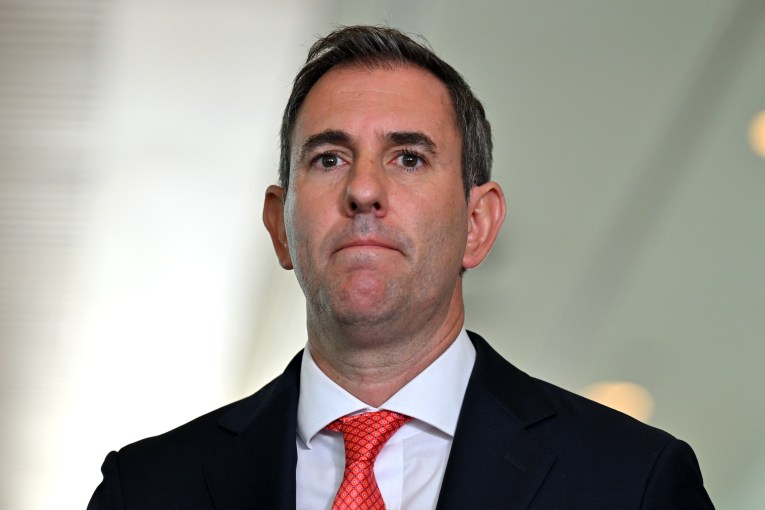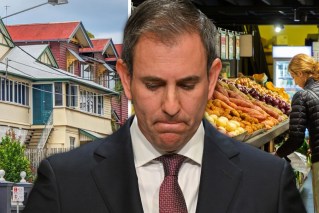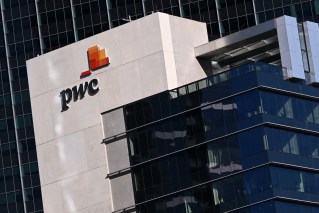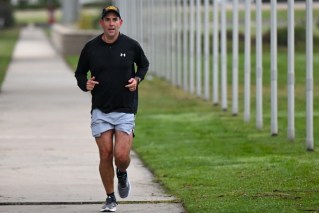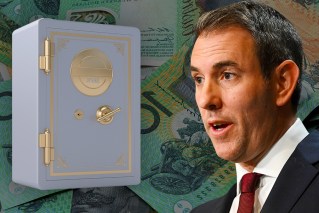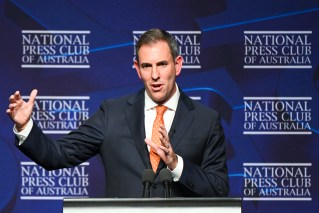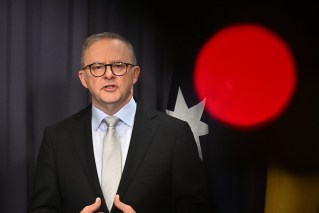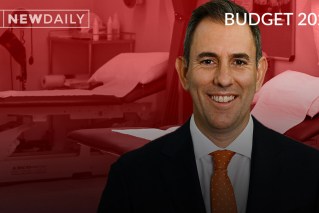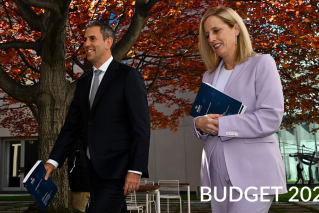Michael Pascoe: This Budget’s real promise is worsening inequality

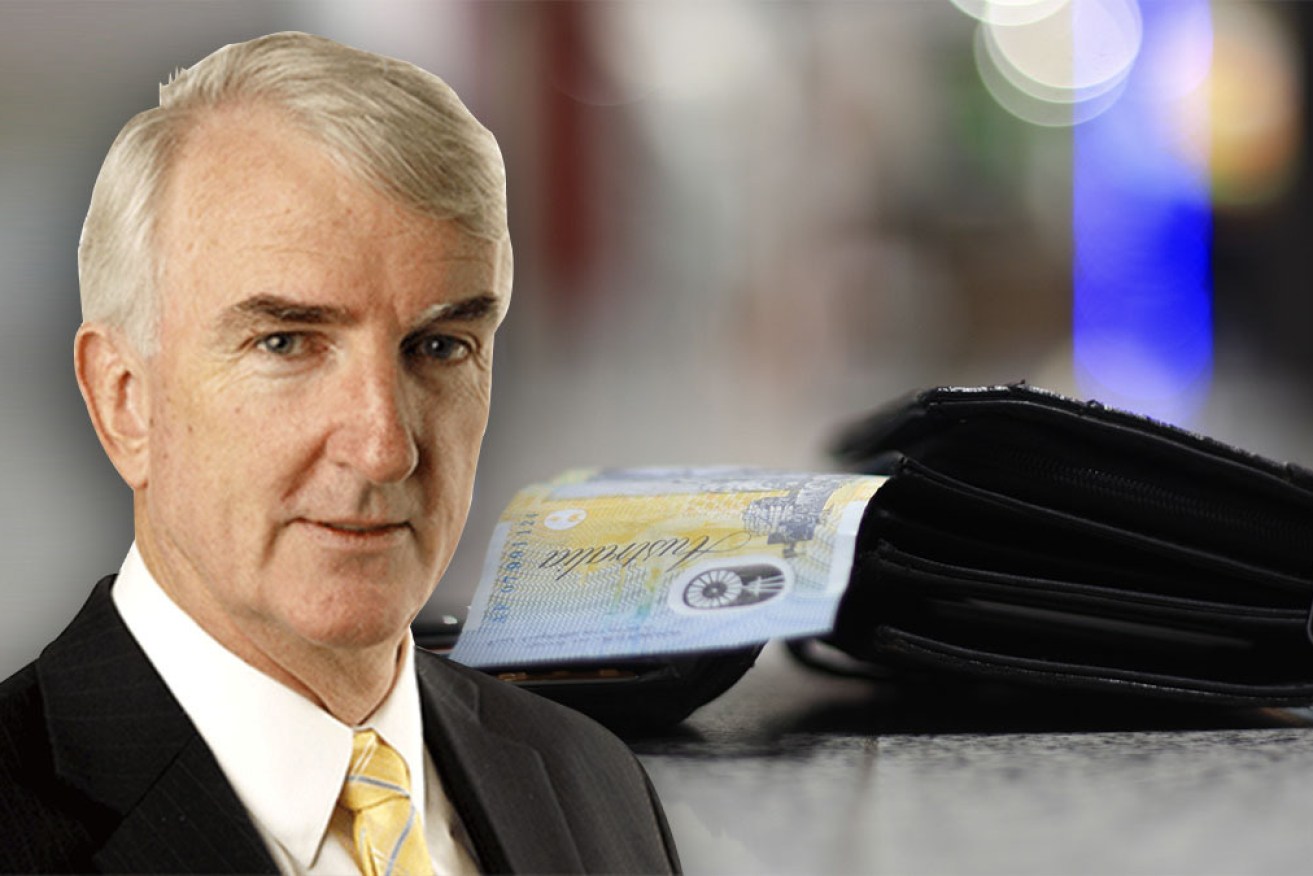
The RBA won't be going after buy-now-pay-later juggernaut Afterpay. Photo: TND
Let’s get it on the record: Scott Morrison’s is the best government Australia has ever had – when it comes to media management and spin.
This week’s federal Budget took that management to a new level, far beyond the realm of mere photo op stunts, personal photographers and media cycle mastery.
Yes, there were some good things, necessary things, unveiled on Tuesday night – but it is not as wildly stimulatory as most media would have you believe and for all the money that is being spent, there’s little actual investment in our future.
What’s more – or less – is that after the hundreds of billions of dollars, the overall result looks like increasing our drift towards becoming a more unequal society, weakening our cohesion.
For mine, the three best symbols of the 2021-22 budget were:
Bronze – the front pages of the Murdoch tabloids on Wednesday morning, not just swallowing the spin but exaggerating it, delivering for the Morrison base.

The Murdoch tabloids amped up the spin.
Silver – that the government is increasing its vocational industry training expenditure by 19.8 per cent in real terms next financial year, but then cutting it by 66.2 per cent over the next three years.
Gold – the uniformly gullible Monday morning reporting of Josh Frydenberg’s big infrastructure budget spend, itself best symbolised by the “$2 billion for the Melbourne Intermodal Terminal”.
There was no increase in infrastructure spending in this budget and the aforementioned terminal doesn’t have a site yet.
The two biggest misses in coverage were the simple fact that the government will have a substantially lower impact on economic growth next year than it did last – the deficit will be much smaller – and the real impact of the suggested low wages growth will be much worse than anybody reported.
As it turns out, the government will get away with a fiscal contraction of about 3 per cent of GDP (depending on how you care to measure it) because it is banking on much of this year’s stimulatory spending and tax breaks being spent by households and businesses next year, smoothing out the impact of the falling government expenditure shown in this Treasury graph.
That is being helped by everyone waking up to what has previously been reported here and by The Conversation – the domestic economy is getting a huge boost from our frustrated tourism dollars while our national borders remain closed.
In what used to be normal times, Australians would spend about $20 billion more going overseas than foreigners spend coming here. While businesses and individuals dependent on international travel are suffering, the rest of the economy is much better off.
That $20 billion is more than government spent in the crisis on increasing JobSeeker and other income supports. It is more than the cost of the budget’s major policy decisions in 2021-22. It is more in one year than the government’s most expensive single policy decision – extension of the instant asset write-off, $17.9 billion over four years.
So economic growth in the new financial year really rests on household consumption overcoming the federal fiscal contraction and then some – which it will, vaccinations and viruses permitting.
But then the doubts have to creep in about sustainability of that employment-generating growth beyond the next election.
Independent economist Saul Eslake totted up his list of major policy decisions from the budget papers.
(I disagree on infrastructure programs – there is no increase in the claimed “$110 billion over 10 years” pipelines announced in October, just a pull forward, mainly of announcements. And the federal funding is a fraction of what the states spend anyway.)
The low- and middle-income tax offset – LMITO, or “lamington” – remains a temporary extension, still promising a tax increase for most people when it ends.
There are the billions of dollars’ worth of “decisions taken but not yet announced” – election ammunition.
There are the welcome increases in aged care and mental health spending – though we are yet to see evidence of where the aged care money will end up – and there’s the extra money for childcare, but not for another year and then for only a minority of parents.
But where in all that is the government investment in sustainable growth when private enterprise continues to drag the chain?
Budget statement six, which analyses spending, is the one that discloses the truth about the government cutting back on universities and vocational training, and records that the federal government’s net capital investment will increase by $1.7 billion, to $10.3 billion, next year, and then to $10.9 billion in 2022-23.
But “this change is largely due to increased investment by the Department of Defence”.
Actually, not just “largely” but nearly entirely. The government is only increasing its capital investment in things that go “bang”.
With all our opportunities and needs, the government isn’t stepping up to invest in this budget, concentrating instead on band-aids for its immediate political problems.
The government’s capital investment in housing and community services was reduced by $242 million this financial year and will be cut by another $128 million next year before rising by $55 million the year after.
In the meantime, our asset price inflation fuelled by cheap money has housing prices soaring. The government’s housing spend is mostly aimed at those who have the wherewithal to get into the market anyway, ensuring those left behind will be further behind.
The government has changed its rhetoric over “debt and deficit”, but it’s still not investing in the nation’s future or prioritising the greatest needs to halt our worsening wealth inequality.
Which leads to the wages story being even worse than everyone has reported – the government aiming for three years of negative real wages.
What the commentariat and nearly all economists overlook is that take-home pay would go backwards if the Treasury forecast is correct for 2023-24 and the wage price index and the CPI both grow by 2.5 per cent.
Real take-home wages would still go backwards in 2024, when the CPI is forecast to be 2.5 per cent and the wage price index 2.75 per cent.
What they habitually miss is the effect of income tax and the transfer system. Give someone on the average wage with no other government benefits a 2 per cent pre-tax wage rise, their take-home pay only increases by 1.65 per cent.
Tucked away in the back of the government’s own submission to the Fair Work Commission discouraging a decent rise in the minimum wage is a chart that shows a variety of real-world outcomes from last year’s 1.75 per cent increase in the minimum wage.
For a single person on the minimum wage with no children, the nominal 1.75 per cent increase was reduced to 1.48 per cent after tax. A single-income family with or without a three-year-old child received just 0.27 per cent more, not 1.75.
What seems to be happening with our closed borders is that wages are indeed rising nicely for select occupations – tech and accounting for example – but living conditions for the rest will continue to fall.
We are in danger of becoming a country with more unequal wealth and incomes. That will be made worse again by the Stage 3 tax cuts and the loss of the LMITO.
But you wouldn’t have guessed that through the spin.


